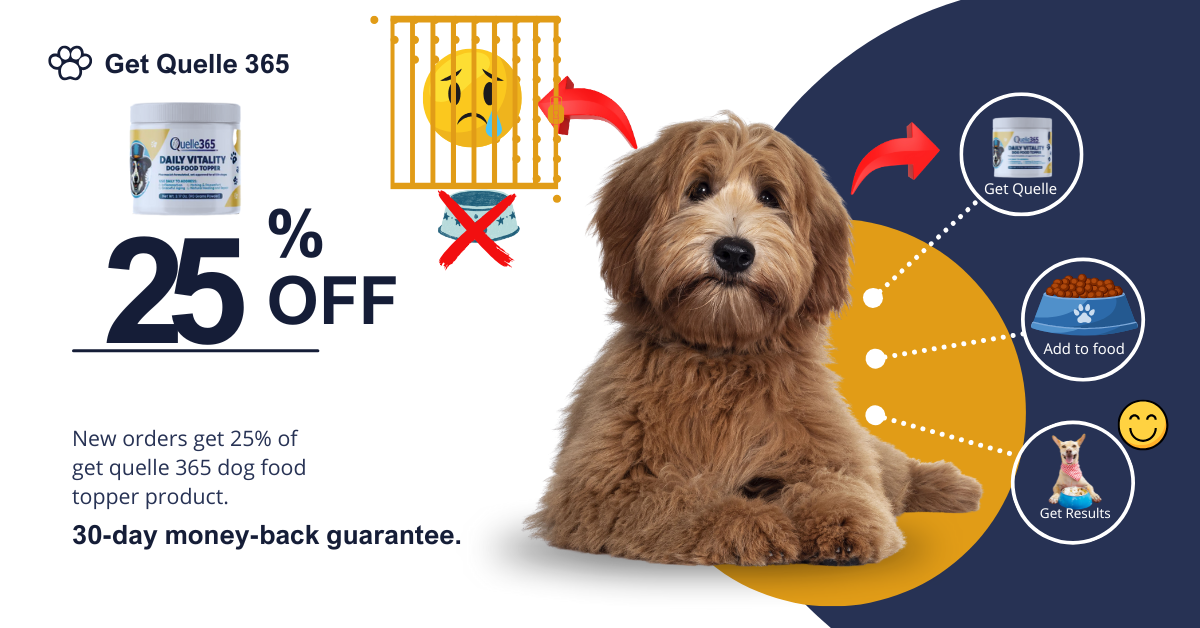One of the hardest parts of our three-lesson format is deciding what NOT to include, and a lot of really useful advice is gathering dust in my Google Drive.
This week, I’ve got three lessons I just couldn’t waste from the most-shared interview in the history of Masters in Marketing. Email marketing expert Jay Schwedelson is back, and this time he’s coming in hot with what you’re (probably) doing wrong with your email marketing.
And, in all honesty, I’ve committed some of these sins with this very newsletter. (Oopsie!)
Jay Schwedelson
Founder, SubjectLine.com; Host, Try This, Not That! For Marketers Only!
- Fun fact: Jay takes inspiration from his grandpa, who told him, “Stupider people than you have been able to do it.”
- Claim to fame: Created one of the top 1% ranked websites in the world.
Lesson 1: Get the dang thing opened.
To kick things off, I asked Schwedelson what common email advice gives him the twitchy eye.
“There’s always so much focus on what’s inside the email. What does the copy say? Is it compliant? Is it on brand?” He playfully grumbles. “But on average, less than 50% of people are going to open your email.”
In fact, 50% is dreamy. The average marketing email open rate across industries is closer to 42%. (Ours is a lil higher, but that’s because our readers are so smart and cool and good-looking.)
“So the first focus should really be: How do we get the email opened?”
Which isn’t to say you slack off on the content of your emails. If we suddenly pivoted to stories about dryer lint, our open rate would probably crash, right?
Just make sure the elements with the biggest impact on open rate — details like your subject line, preheader, and send time — aren’t just afterthoughts.
“If you focus on getting the email opened with as much energy and intensity as you do on what’s in the email, it will radically change the outcome of your marketing performance.”
Lesson 2: Throw out your banned words list.
“One of the biggest myths is that what you write in your subject line is the reason you’re landing in the junk folder. This is information from the year of the flood.”
He’s caught me on this one. When we ran a recent giveaway, I told the team we absolutely could not use the words “prize,” “winner,” or “you’ve won” in our subject lines.
Like me, you probably also fear the word “free” and using exclamation marks. All caps? Neverrrrrr.
“That is not going to get you filtered. It used to, 10 years ago, but technology changed. So I want to liberate everybody. Write whatever you want to write to get the email opened.”
So, what does put you on the naughty or nice list?
“It’s all about engagement. The more you get people to click and interact with your emails, the greater the likelihood is that you will stay in the inbox. That’s what the receiving email infrastructures want to see: Hey, this recipient likes interacting with these emails.
“And the irony is that the very tactics that people avoid — the word ‘free,’ an exclamation mark, an emoji — those exact tactics are gonna cause you to get more engagement and stay in the inbox.”
Lesson 3: Don’t worry about what “everyone else” is doing.
I asked Schwedelson about a LinkedIn post of his that made me chuckle. It’s a screenshot of every brand using the same shamrock emoji on St. Patrick’s Day.

Image Source
“The funny thing about marketers is that, sometimes, we’re too close to it,” he smiles. “So, it’s Mother’s Day, you know there’s going to be a lot of heart emojis in the subject line, right?”
Until we notice the trend. “And then marketers will be like, well, I’m not gonna do that ’cause everybody’s doing it.”
So I asked him how to be on the right side of history. Do we follow the trend or do we reject it?
He reminds me of something we shared in his first set of lessons: Test everything. Especially the things you don’t like.
If that shamrock emoji gives you a 20% lift in your open rate… do you care if 30 other brands used one, too?
“So just because you, as a marketer, think everybody’s doing it doesn’t mean you shouldn’t do it.”
What I hear is: Game on with the 🍀🍀🍀.
Lingering Questions
THIS WEEK’S QUESTION
What’s one “boring” marketing channel or tactic that’s working way better than expected for you right now, and why do you think that is? — Katie Parkes, Director of social, community & customer marketing, Apollo.io
THIS WEEK’S ANSWER
Schwedelson says: Weekend email sends!
Email campaigns targeting director-level and above contacts are generating a 40% year-over-year increase in click-through rates.
Not testing Sunday sends is leaving out a super valuable opportunity to engage with key people when they have the time to really dig into what you are sharing.
NEXT WEEK’S QUESTION
Schwedelson asks: You [Ross Simmonds] always say ‘create once, distribute forever’ – what’s one piece of content you’ve milked longer than anyone should reasonably admit? And why that one?








![Discrepancies experienced by Black content creators [new data + expert insights]](https://www.hubspot.com/hubfs/linkedin%20leads%20header%20%282%29.png)

